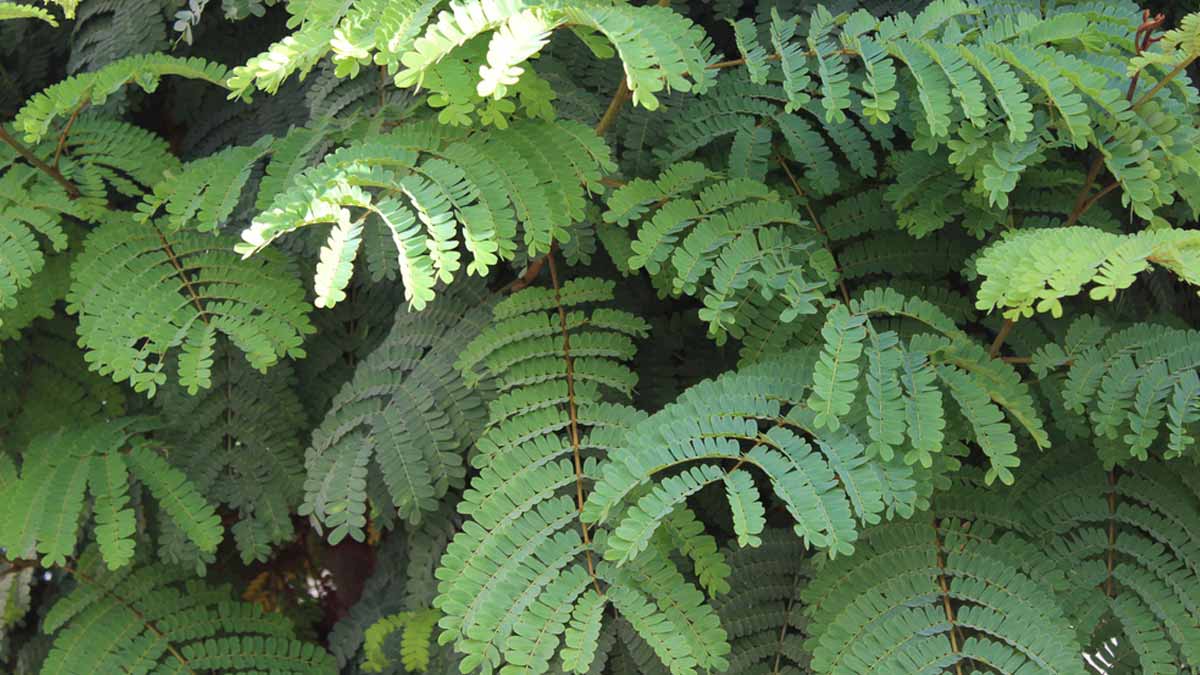
Vastu Tips For Jand Plant To Attract Peace And Prosperity Into Your Home
Jand plant is considered auspicious to place in your home throughout the year. However, it holds special significance in Sawan. In Vastu Shastra, the plant is associated with attracting peace and prosperity into your home. If you place it in the right direction, it can help to promote the flow of positive energy in the house.
We spoke to Dr Arti Dahiya, Vastu and astrology expert, to bring you Vastu tips to place a jand plant in your home. Scroll down to find out why you should make this plant a part of your nursery.
Why Is Jand Plant Auspicious?

Also known as shami ka ped, this plant is believed to please Lord Shani. Therefore, if you keep it in your home, Lord Shani will bless you and your family with good health, peace, and prosperity.
It is also believed to be among the favourites of Lord Shiva. It can shield you from the negative effects of unfavourable transits of Saturn. Hence, if you place it in the right corner of your living space or home garden, it can attract prosperity and ward away negative energy.
Importance Of Jand Plant In Vastu Shastra
According to Vastu Shastra, bringing the jand plant home can prove to be beneficial for people whose birth charts are under the negative influence of Saturn. If you follow Vastu's tips, you can nullify the effect on the planet.
Vastu Tips For Jand Plant

Dr Dahiya suggested placing the plan in the West, Northeast and East. However, if you are not following Vastu tips and keeping the jand plant anywhere in the house, it can elevate the negative impact of Saturn. It can attract problems in your life too. You must never place it in the South.
The expert also suggested lighting a diya, using mustard oil, near the jand plant, if your birth chart shows struggles due to Sadesati (seven and a half) and Dhaiya (two and a half). You should light the diya every Saturday during sunset.
Don't Miss: Vastu Tips To Welcome Positive Energy Into The House
Mythological Tale Of Jand Plant
Jand plant is considered one of the purest plants in Vastu Shastra. People from ancient times have been worshipping it to wash off their sins and lead a happy and prosperous life.
According to Hindu mythology, it is believed that Pandavas were supposed to hide their weapons at a secure place so that they could mix with villagers. They asked a jand plant to accept their prayers and keep their powerful weapons hidden until they came asking for them again. They also prayed for the plant for their win before the Mahabharata war.
Don't Miss: Make These 4 Signs On The Main Door To Attract Prosperity
Since then, the plant has found a special spot in Vastu Shastra, and many learned people suggest placing the plant in your home. It is also believed that the jand plant is low maintenance because it does not dry up quickly. However, if you see it losing its green leaves and bark drying up, it could indicate a struggle or problem in future.
Stay tuned to HerZindagi for more Vastu tips.
Herzindagi video